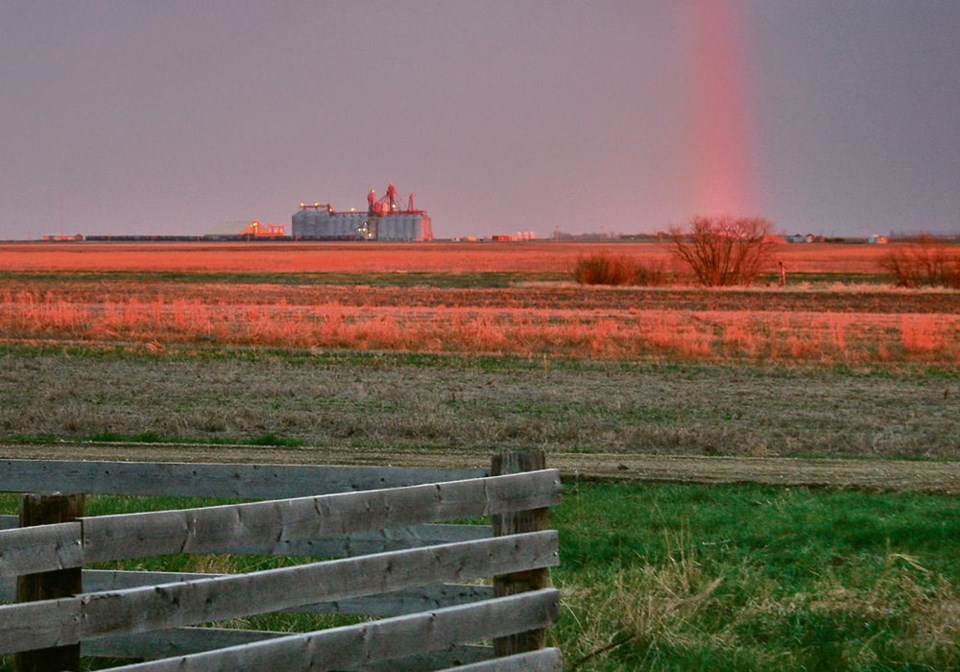There’s been renewed talk recently about grain company power and concentration.
This is due to Bunge’s proposed takeover of Viterra, which has elicited concern from farm groups, brought alarming analysis from agricultural economists and provoked an investigation by the federal Competition Bureau.
All grain farmers should read the bureau report. It lays out the elevator and crusher system and digs down into specific locations such as Altona, Man., and Nipawin, Sask., where it fears competition could weaken if Bunge gets Viterra in the bag.
The report by a team of University of Saskatchewan agricultural economists should also be required reading for all grain farmers who care about their business.
Are the concerns warranted? Our columnist Kevin Hursh feels they might be overblown. You can see his column on our website.
I’m sure the companies will have their own thoughtful replies to the reports.
I don’t have an opinion on this yet because I’ve just read the reports and am still digesting. What I do feel strongly about is how wonderful it is for farmers to have such detailed insight into the functioning of their industry.
At one time we had a near constant flow of information about the operations of the grain handling system. Four big co-operative grain companies dominated the industry, and since they were democratically run organizations, they were open books to farmers. They were answerable to farmers. They considered it their duty to speak to the farm media because all their members relied upon it for their information.
One by one the co-operatives fell, and with them closed much of the window that farmers had on the companies that make money off their grain.
Saskatchewan Wheat Pool remained more open than most for a few years, since it functioned as a publicly traded company, which forced it to disclose information that the private companies were not required to share.
Farmers went from being seen as members and shareholders to mere customers, and to some of the grain companies, farmer-customers are really just suppliers. The real customers are those on the other end of the pipeline.
The Canadian Wheat Board, whatever its sins, was able to take industry issues and make them public.
When the wheat board disappeared, that visibility also disappeared. This changed only in times of extreme farmer unhappiness, when the federal government was forced to get involved.
The 2013-14 grain movement disaster and the 2021 grain contracts crisis brought grain system functioning into the light, but when those problems faded, so did the answerability of the grain companies.
We have better price reporting systems now and the work done by the federal grain system monitor, Quorum Corp., is fantastic, but much of what is going on with the grain companies remains shrouded in mist.
Bunge’s proposed takeover of Viterra has brought us the blessing of temporary visibility into the grain system. Once this takeover is settled, farmers need to think up some way to make sure the visibility doesn’t disappear yet again. One step forward, three steps back wouldn’t be a good path to tread.




